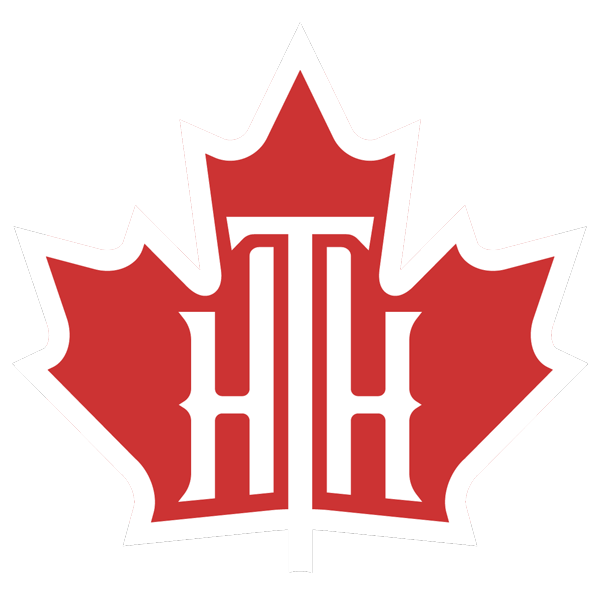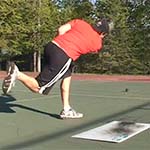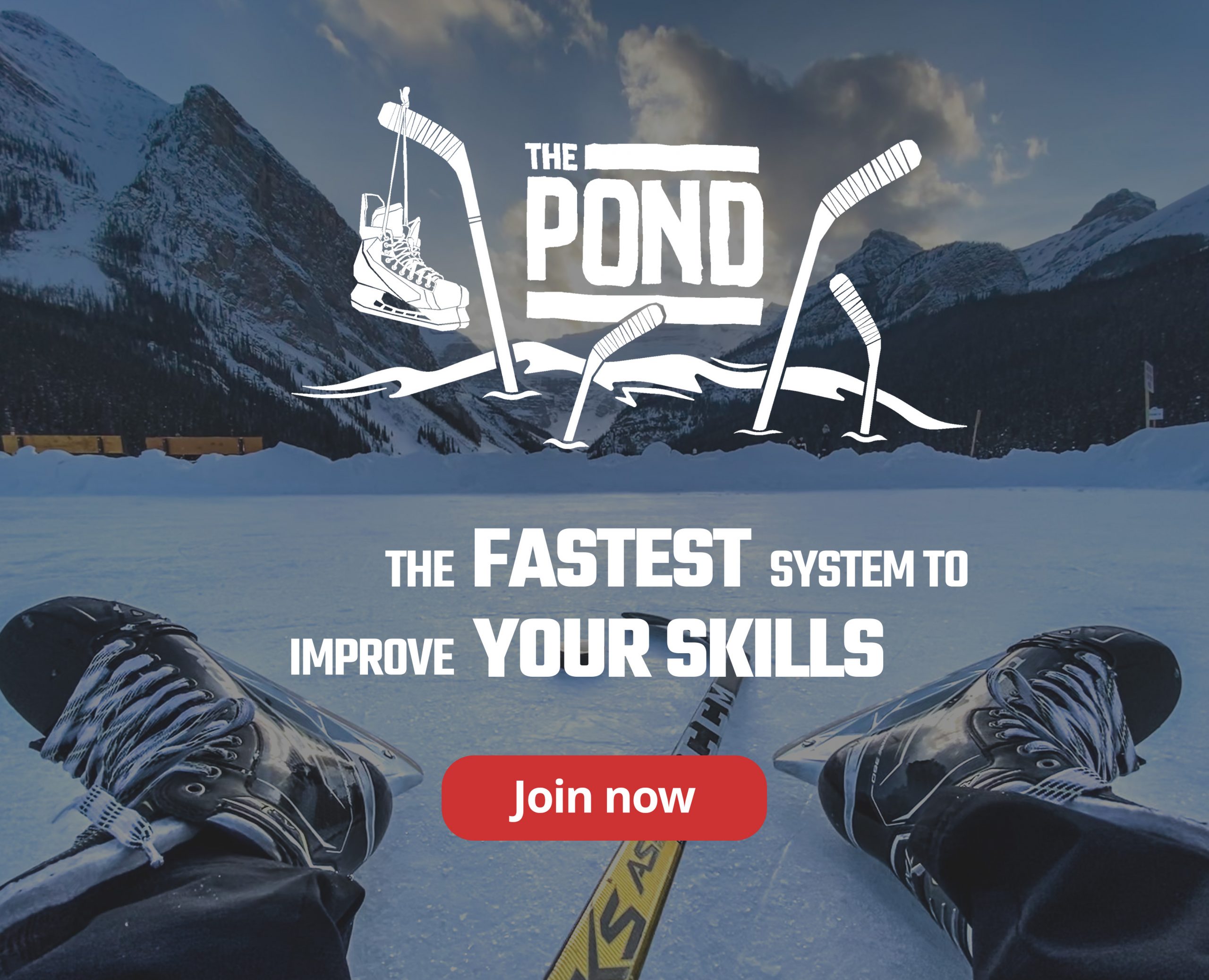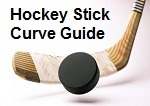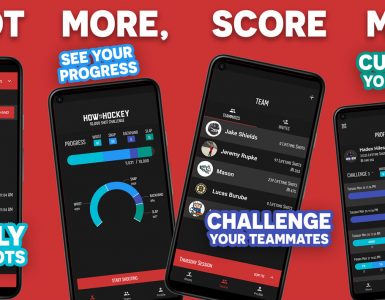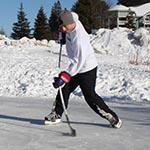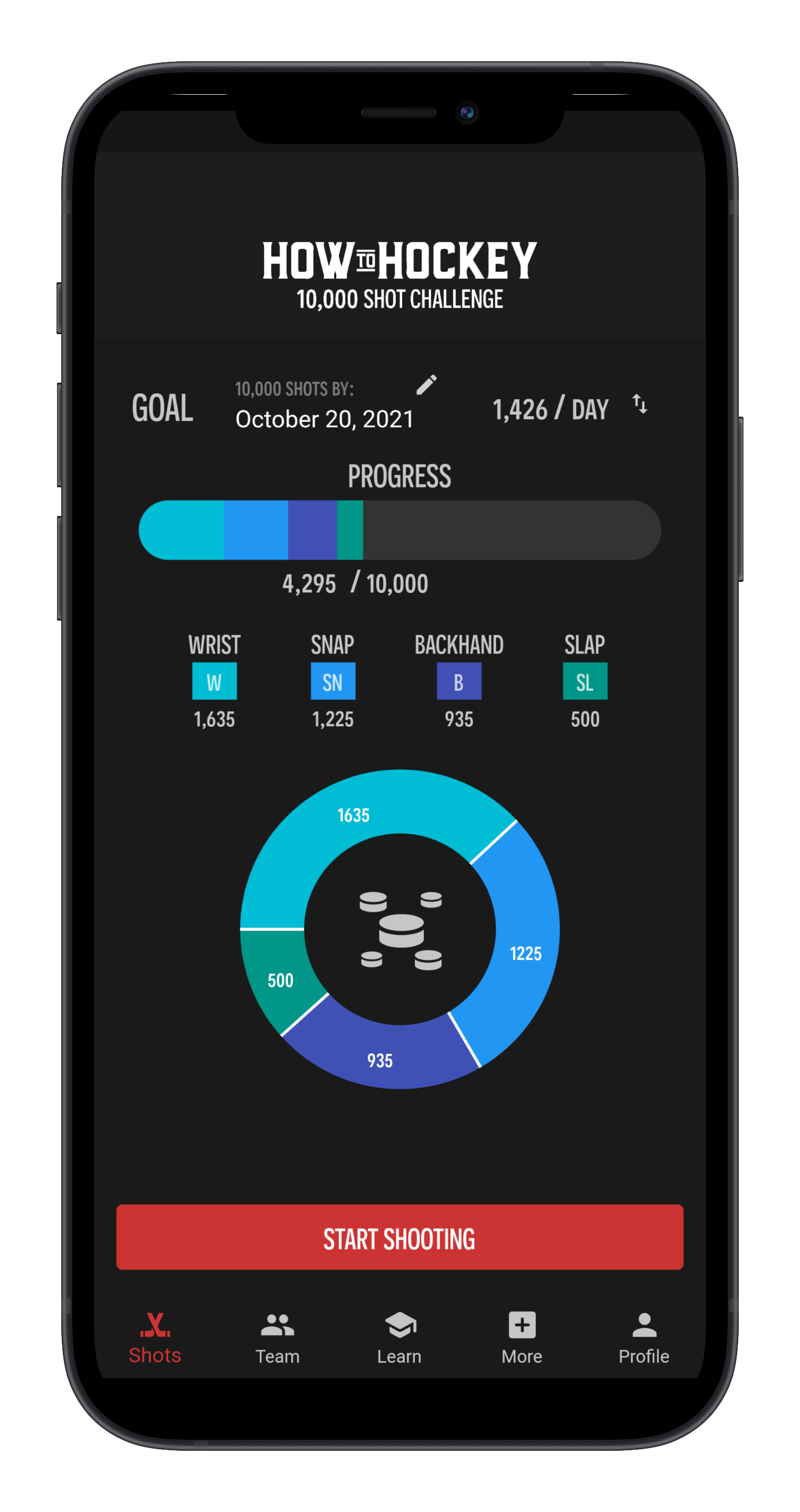This article is meant to help seasoned hockey players add more speed to their slapshot. If you are new to hockey, you may want to read how to take a slapshot, practice a lot, and then return here.
A vital aspect in maximizing your slapshot power is understanding where the power comes from. Most new players, and some old, believe that all of the power in the slapshot comes from the arms. The truth is that the arms are only one of many places you should obtain power from for a powerful slapshot. I have compiled a list below that explains every part of the body involved in the slapshot, and how you can use those muscles to put more power into your slapshot
Where Power Comes From
Your legs
The legs are the first place you go for power. Set the shot up, wind up, and then push off with your back leg. This is how you begin to transfer weight.
Your arms and hands
Of course your arms are also important in generating power for your slapshot. You generate power from your arms by winding up, then pulling down with both hands, and then really pushing through with your bottom hand in the follow through. Remember to roll your wrists in the follow through for a bit of extra power, and better accuracy. Another tip is to quickly transfer from back swing to downswing. This quick transition helps generate a bit of energy from the elastic properties of your muscles. This power would be lost if you pause at the top of the back swing. A lot of the power generated from your arms comes from the biceps and triceps
Core muscles
You know that six pack you have under your beer belly? Time to use it. Your core muscles (basically your body minus the arms and legs) provides a lot of power in your slapshot. When you wind up you will be turning your upper body away from the net, then during the downswing you will be rotating back towards the net. You want to focus on rotating your upperbody and really harnessing the muscles, especially the pecs and obliques (basically all the muscles on the side of your body) This creates torque and adds power to your shot. I cover this a bit in my video, but for more detail you can also check out this video from Brett Henning – creating power with torque
Shoulders
Your arms do a lot of work in the slapshot, but your shoulders are attached to your arms, so you might as well invite them to the slapshot party. When winding up make sure you rotate your shoulders away from the net, then, like a coiled spring, rotate back toward the net as you shoot. Your shoulders should work with your arms and core muscles to provide a lot of the power in the slapshot.
Stick
 When you can start really loading your stick that twig is going to add quite a bit of heat to your slapper. What you want to do with your stick is build potential energy. You do this by hitting the ice first, allowing your stick to flex before it
When you can start really loading your stick that twig is going to add quite a bit of heat to your slapper. What you want to do with your stick is build potential energy. You do this by hitting the ice first, allowing your stick to flex before it
hits the puck. Then continue to drive through the shot for more power. When the blade hits the puck a lot of that potential energy will be released onto the puck. I find a stiff stick works a lot better than a whippy stick (but only if you can properly flex it), a lot of the potential energy is lost with whippy sticks.
Advanced tip: Most articles recommend hitting the ice 1 to 2 inches behind the puck. This is fine and dandy for beginners, but not for some one with power and a decent shot. If you are only hitting the ice a couple of inches behind the puck, than your stick will not have enough time to fully flex before hitting the puck. If you have a powerful shot already, try hitting the ice about 10 inches behind the puck, and really lean on your stick. I can almost guarantee your shot will be much harder
Some More Slapshot Tips
I made a video to show you some tips that have helped me improve my slapshot power, I also have made a quick list below the video.
In summary in order to have a powerful slapshot you should make sure you are using proper form, and understand where slapshot power comes from. We have already covered where power comes from, so now I will share some key points from another slapshot article that have helped me increase my slapshot by 15 mph
- Have your lower hand about half way down the stick, and really load the shaft
- Bend your knees and push off with your back leg to really drive into the shot
- If you hit the ice to close to the puck, you will not have enough time to load the stick and you will lose power. Try hitting the ice further back, and see if you notice a difference
- Rotate your wrists after you contact the puck, and continue to put power into the follow through
A few more tips that have helped me improve my slapshot involve using different parts of the body to build power. I have summed up the points below
- Power should come from your legs, shoulders, arms, core muscles, and stick
- Rotate your upper body, and use strength from your shoulders and core muscles to add power to the shot.
- By quickly switching from winding up, to shooting, you can use the elastic properties of your muscles to help add a little extra power
These tips should help you understand how to get more power from your shot, and maybe improve a few things you could have been doing wrong. If you have any slapshot tips be sure to add them in the comments section below.
